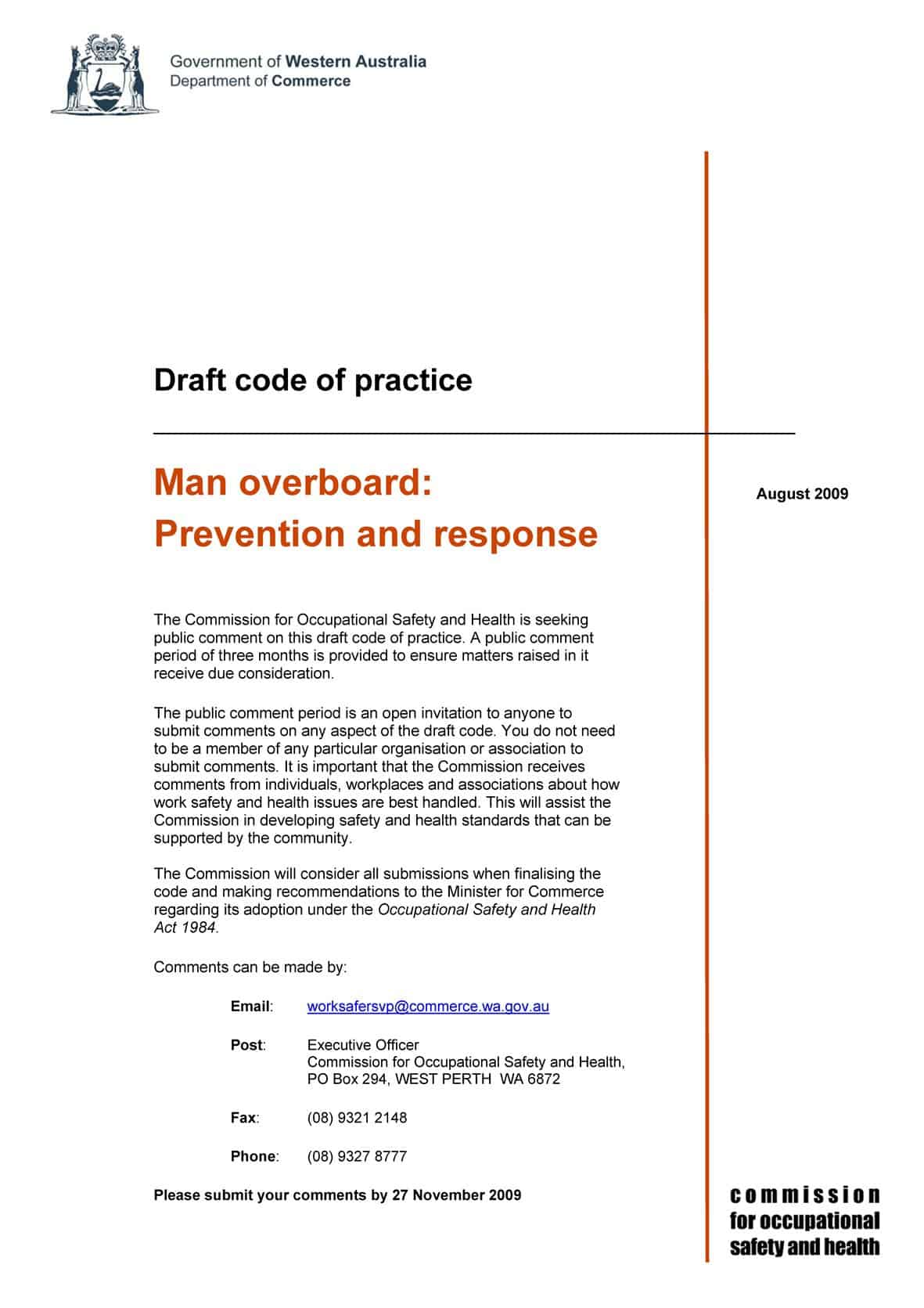The Australian newspaper of 1 September 2009 epitomised the ideological problems with OHS in a business management context. Page 5 has two articles next to each other:
“Renewed pledge to cut business regulation” and
“Building chief ‘spat on an abused‘”.
The first article reports on a speech by the Competition Minister, Craig Emerson, where it is reported that the Minister
“has pledged his commitment to removing unnecessary regulation that hampered business”.
The Minister was speaking to a business audience and has been described as less friendly to regulation than his predecessor. OHS compliance is often bundled as an element of unnecessary business paperwork by employer and industry groups however, in this speech, the Minister spoke more of open markets.
The second article focuses on an attack on the head of the much-hated Australian Building & Construction Commission, John Lloyd, but also reports on the national union protest scheduled for 1 September 2009, concerning the weakening of OHS laws through the harmonisation process.
The article reports on a union survey:
“Unions commissioned a poll that showed 78 per cent of those surveyed agreed employers should do more to protect the health and safety of their workers, even if it led to increased costs or red tape.”
That unions would even accept that OHS compliance could be considered red tape is a great concern, and the phrase is taken directly from the ACTU media release.
Union Survey figures
SafetyAtWorkBlog is endeavouring to obtain the original survey results (over 1000 respondents (workers) taken in the last week of August 2009) but for the moment it is worth quoting ACTU Secretary Jeff Lawrence’s interpretation of the statistics.
“… this poll shows the Australian public don’t want workplace safety rights undermined.”
“The poll shows there is significant support in the Australian community for stronger rights and protections for workers and an ongoing role for unions in checking workplaces where employees are worried they are in danger.
“The poll finds 81 per cent of those surveyed agreed workers should have the right to call in help from a union to check on health and safety issues regardless of their employer’s approval.
“Seven out of ten Australians (69%) believe that injured workers should be able to take their employer to court under workplace health and safety laws.”
Business and government in Australia are harmonising OHS laws to reduce the red tape business compliance costs. Unions believe that OHS red tape and increased business cost is acceptable.
What does this leave the safety professional who says that they can minimise the red tape associated with OHS compliance AND that safety is not a cost but an investment? Out in the cold with the Victorian WorkCover Minister, it is suggested.




